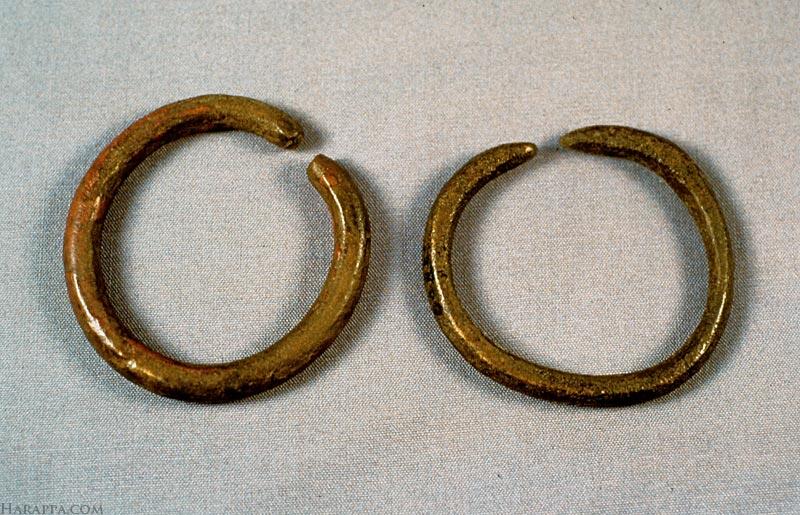An excellent distillation of where we stand to the "Bronze" in the Bronze Age Indus Civilization. "Besides clay," writes the author, "there is no other raw material that Indus craftspeople worked into such a diversity of forms and types of artifacts. Evidence indicates that copper and bronze were used to make tools, weapons, ornaments, household materials, and items of possible economic control or religious importance. . . .. A re-examination of the available data from a fresh perspective, demonstrates that Indus sites made use of a series of alloys and an expanded definition of ‘bronze’ alters the interpretative models for copper alloy use across the Indus Civilization." This is an understatement. There is much newly summarized information that upturns traditional models of thinking about how Indus people handled copper alloys: they were very sophisticated, and probably also worked with brass thousands of years sooner than hitherto believed. Truly, "a new way of looking at the alloying practices and traditions of Indus metal smiths must be developed" (pp. 251, 253).
Hoffman does a very clear job of explaining different alloy mixtures, how to interpret the evidence, the imprecise older methods and suppositions by the first British archaeologists that led to underestimating the variety of alloy types and levels, and what newer data suggests. The question of brass is very interesting, the golden hue it can impart to copper seems to have been a concern for Indus craftsmen. "As a result," of new work by himself and others, Hoffman concludes that "previously held definitions of bronze and its distribution at Indus sites needs modification and revision. Specifically, Indus sites likely contain far more bronze than previously thought." One is hopeful that he and colleagues in India, where much new evidence has been found if not analyzed and published, will get on it.
Image: Two copper/bronze bangles, one from Harappa and the other from Mohenjo-daro. The bangles were made from a round hammered rod bent in a full circle. The space between the ends of the bangle would be pried apart to slip it over the wrist.
- Log in to post comments

